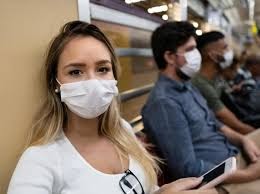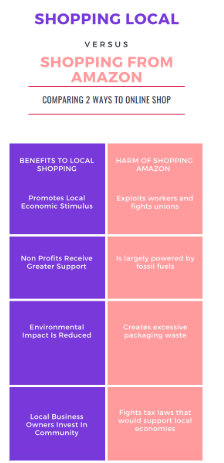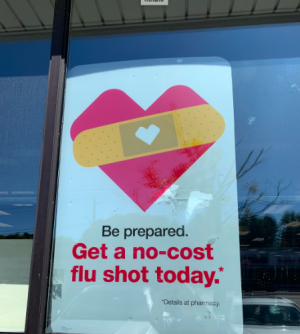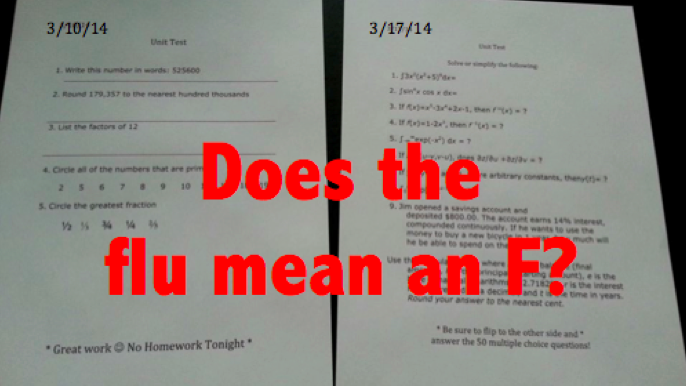Wearing masks after COVID-19 can limit spread of flu

Image taken by Vergani Fotografia
As masks prove extremely useful to fight off COVID-19, they introduce new opportunities to protect against other illnesses such as the flu.
Over the course of the pandemic, masks have become a necessity for anyone planning on leaving their house to go to school, restaurants or shops. With masks being the new norm, it raises the question of whether they will stick around after the pandemic to curb the spread of other viruses such as the flu, or if they will become irrelevant.
With the evidence collected over the course of the pandemic, masks have been proven to be extremely beneficial to prevent the spread of illnesses. With this in mind, I think that masks can and should be utilized to their full potential after the pandemic to continue to prevent sickness from spreading.
In the past, the yearly infection rate of the flu has ranged from 9.3 to 45 million. One way to limit the spread is by wearing masks. This doesn’t mean that they must be worn everywhere like during COVID times, but it can be helpful in high-traffic areas where germs are easily spread.
Before the pandemic, masks had been used mainly in the medical field to protect doctors and medical staff from acquiring the illnesses surrounding them each day. Humans come into contact with germs every day, and while it may not be on the same level as medical workers, masks will still be able to block airborne germs.
Due to the situation we are already in as a result of the pandemic, the idea of wearing masks in public is not revolutionary. However, the normalization of masks after the pandemic will take some getting used to. What also might be more helpful is for groups at high risk for catching the flu, such as pregnant women and adults over the age of 65, to wear masks.
Overall, the benefit of wearing masks during high-risk situations for spreading germs outweighs the nuisance of their continued use. In this regard, wearing masks during high-risk situations after the end of the pandemic is an effective way to stop the spread of germs in a similar way that masks were able to do with COVID-19.





















































